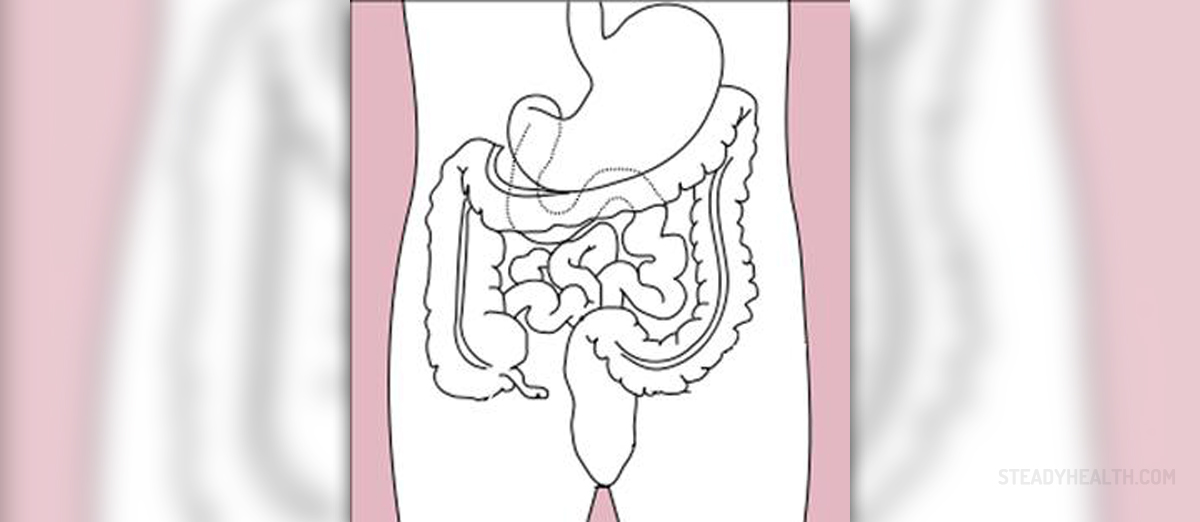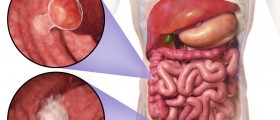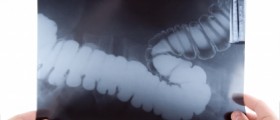
One of the most dangerous types of cancer is stomach cancer. This disease is also known as gastric cancer, affecting any possible part of your stomach. Sometimes, this cancer can even encompass some other organs in your body, such as the esophagus, lungs, lymph nodes and the liver.
It is very important to diagnose this condition as soon as possible since this is the key to timely treatment. So, do not ignore the recurring stomach problems you might be facing. These might be your body's warning signs or its cries for help.
Signs and Symptoms
The worst characteristic of stomach cancer is the absence of its symptoms, especially during the initial stages of the disease. Often, by the time signs of problems actually appear, it is already too late and the life expectancy is quite low.
Nevertheless, some symptoms can be considered standard and you should be on the lookout for these. Basically, in the early stage of the disease, you might face problems with indigestion and heartburn. Also, you might feel unwilling to eat, especially when it comes to meals consisting of meat, due to your lack of appetite. Additionally, your abdominal area may be prone to discomfort and irritation, or any single one of the two separately.
In the next stage of stomach cancer, the signs may become a bit more severe, making you feel weak and tired most of the time. Here, your stomach is likely to get bloated after every meal.
Finally, the late stage of stomach cancer manifests through abdominal pain in the upper part of this area, vomiting after being troubled by nausea, suffering from diarrhea or constipation, losing your body weight and some other symptoms like blood in the stool or in the vomit, appearing blackish in color, leading to a state of anemia and the development of dysphagia, being a condition which bears witness of the spreading of the tumor to the esophagus.
Yet, it is important to bear in mind that all these signs can actually signify other conditions as well and are not exclusively related to stomach cancer or serious health issues. Namely, a person experiencing the problems mentioned above may suffer from gastric ulcers, stomach viruses or some other issues of this type.
Diagnosing and Staging
When one gets bothered by the symptoms of this disease, he/she is advised to seek medical assistance timely. Once this takes place, he/she will be examined by the doctor, who will try to find the reasons behind the health problems, trying to either rule out the stomach cancer or diagnose it. So, the process of diagnosis is carried out through a gastroscopic exam, where your doctor inserts a camera into the stomach of the patient, searching the inner abdominal area for any anomalies. Additionally, he/she may use Upper GI series or barium roentgenogram as well as CT scans in order to find whether the cancer is present and spreading onto some other parts of the body tissue.
If some form of abnormal tissue is found during this exam, it will be analyzed through biopsy. The process involves removing a part of the tissue and sending it to a pathologist for examination and assessment. If the tissue has cancer cells in it, the disease is diagnosed and the treatment engages.
Many other devices and methods can be used during the diagnosis process, making it more effective and easier. Also, many other diseases are known to go hand-in-hand with the gastric cancer and doctors usually check the patient for the presence of these too. For example, darkened hyperplasia of the skin of the axilla or the groin is one of the potential signs of this cancer, along with tripe palms and symptoms of Leser-Trelat, manifesting through the development of skin lesions.
Finally, blood tests can confirm or deny many of the doctor's doubts, so these are performed too.
As for the stage of the disease, there are four of these. The stage 0 stands for a cancer being limited to the inner lining of the stomach and, when found timely, at a very early stage of its development it can be dealt with though gastrectomy and lymphadenectomy. Chemotherapy and radiation are often not necessary for treating stomach cancer in this stage.
Next, stage I cancer has spread onto the other parts of the stomach, reaching the third and the second layers, as well as the adjacent lymph nodes. Surgery, chemotherapy and radiation are all treatment options here.
Stage II, however, involves penetration to the second layer and even more lymph nodes, even those which are far from it. Yet, this stage may also encompass the third layer and the nearby lymph nodes, as well as the all four layers together. The treatment is usually the same as for type I.
Stage III still gives some hope of treatment even though distant tissue and lymph nodes are affected by the cancer too.
Finally, stage IV stands for metastasis to the other organs and a very small chances of recovery. However, one's life can be prolonged through laser and other types of surgery, stents, chemotherapy and some other methods.
In 2002, stomach cancer appeared in 930,000 people. Today, it is known to take at least 800,000 lives a year, being the most deadly form of cancer after lung cancer. Statistically, it affects men more commonly than women and stands for about 2% of all new cancer diagnosis in the US every year, being more common in other parts of the world. In Korea, for example, this cancer is related to 20.8% of malignant neoplasms.
All in all, this cancer is deadly and should be treated timely. Thus, keep an eye on the symptoms mentioned above and react timely if you happen to notice any of these.

















Your thoughts on this
Loading...